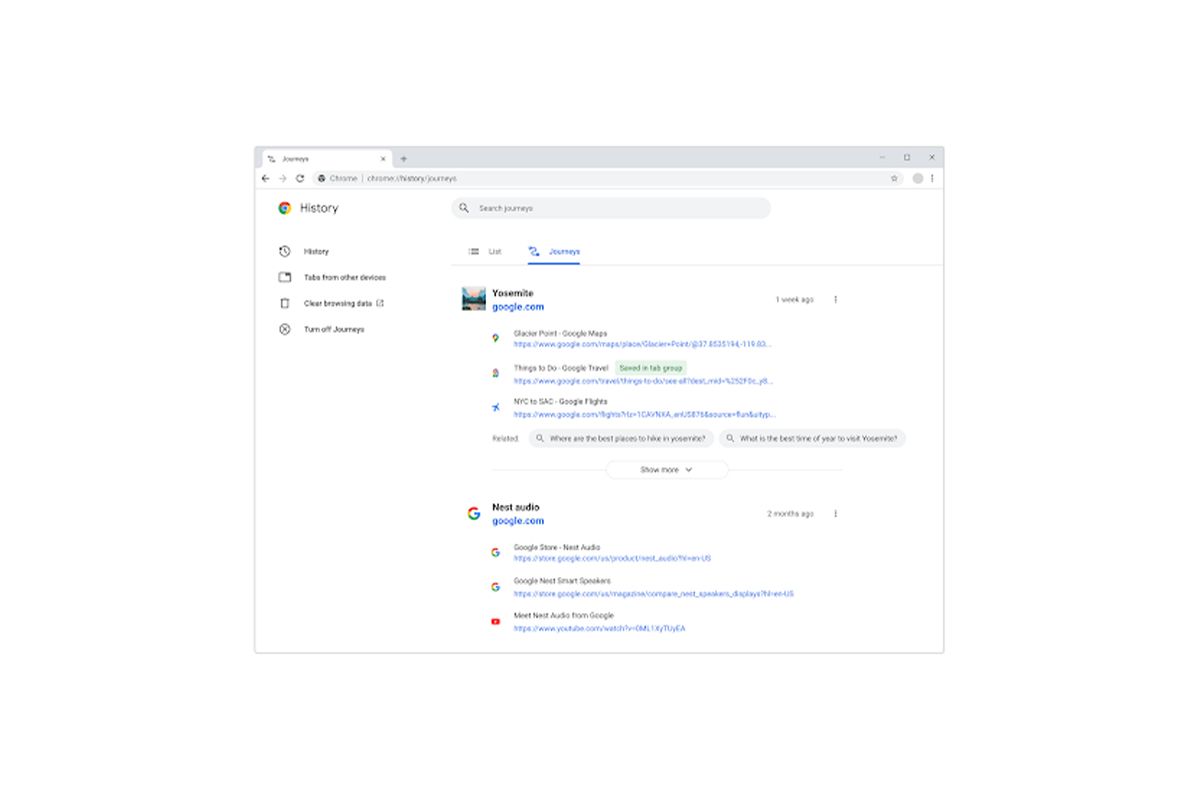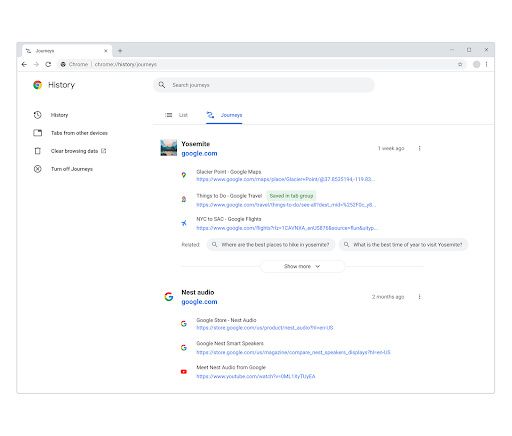We recently learned that the Chrome team was working on a Microsoft Edge-style "Side Search" feature. A commit for the feature on the Chromium Gerrit revealed that it would give users easier access to relevant search results. However, it didn't highlight any further details. Google has now started testing the feature in the Chrome OS Dev channel, and the company has shared additional information.
As per a recent post on the Chromium Blog, the new side panel aims to help users compare search results. It appears on the left side of the browser and displays results from the most recent search. The side panel essentially lets users view a page from the search results and other results simultaneously.
Google explains that the "goal of this experiment is to explore how Chrome can better help users easily compare results," just like the Continuous Search feature that rolled out with Chrome 94 Beta for Android last month. As you can see in the attached GIF, you will be able to access the new side panel by clicking on the G icon next to the search bar.
Google is currently testing the feature in the Chrome OS Dev channel with Google Search. The company plans to bring it to more platforms and add support for more default search engines in the future.
Google is also testing a new feature called Journeys to give you easy access to all related pages from your browser history in a single tab. Google explains that Journeys will cluster all the pages related to a keyword into a single tab in Chrome's History page, letting you "take stock of completed research, revisit that one helpful nugget and continue exploring a certain topic."
Journeys is available in the latest Chrome Canary release on desktop. To access it, you can head over to chrome://history and then select the new Journeys tab. If you don't wish to use it, you can easily disable it by clicking the "Turn off Journeys" button on the same page. In its current form, Journeys only works with on-device history and doesn't sync any information with your Google account. However, Google may offer that feature in future versions based on user feedback.



